
Putting Bolivian Coffee on the Map
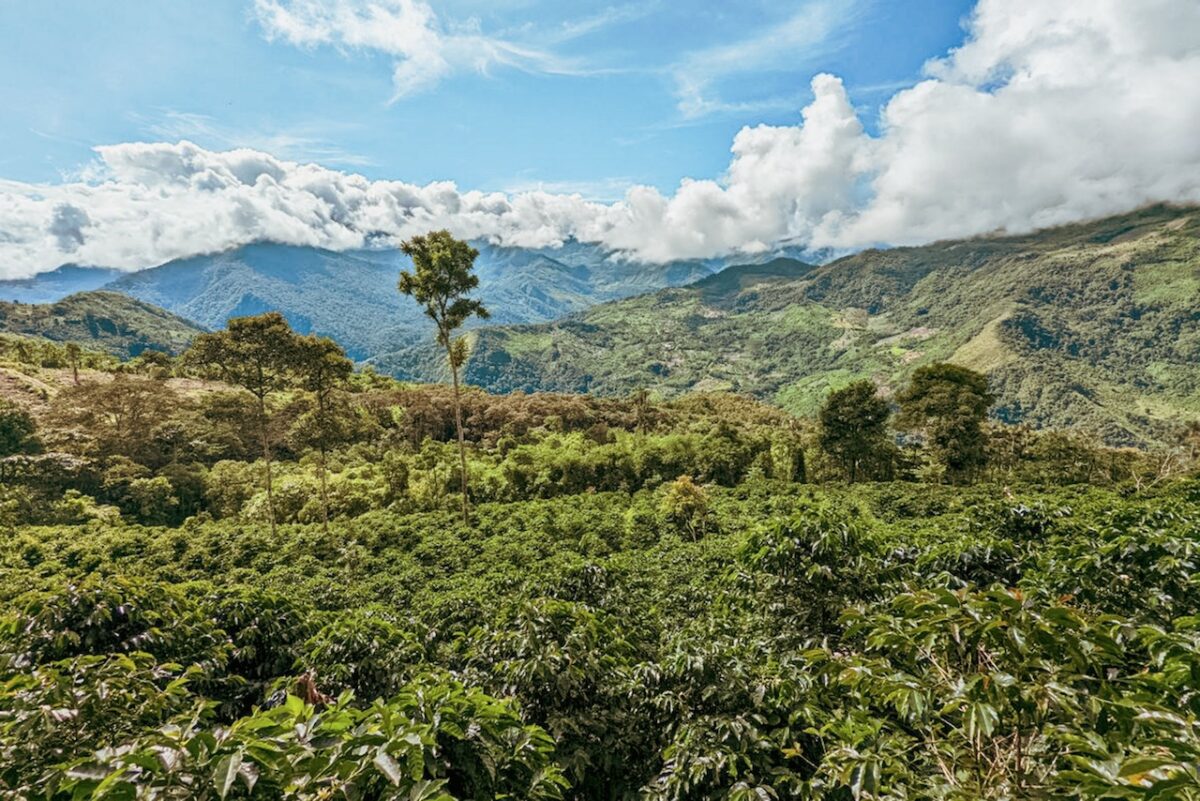
Nestled in the mountains 100 km northeast of Cochabamba, one of Bolivia’s largest cities, lies the small community of San José. Here, coffee farming families have been producing specialty coffee since 2019, thanks to the efforts of Matteo Bertoletti, founder of Atoq.
Since coming to San José, Matteo has invited coffee experts from other locations to help standardize processes and offer training on cultivation, sustainable farming, processing and more. As a result of his work, 30 families are now selling their produce.With Caranavi being the obvious choice for coffee production in Bolivia, San José, an unknown remote location with less scale for production and lacking a distribution network was an unusual decision. We spoke to Matteo to find out what drove him to take the road less traveled when starting his coffee adventure.
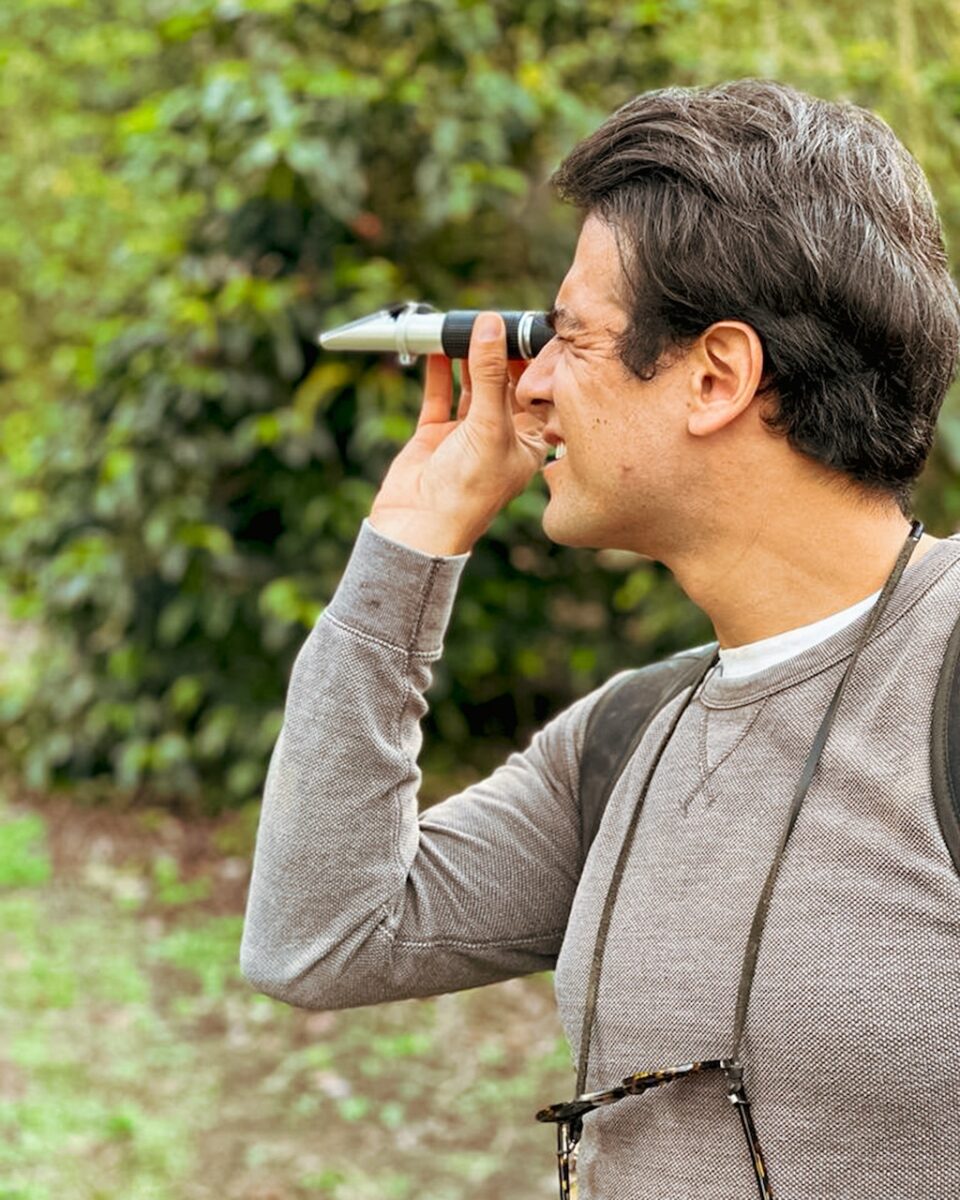
The search for Bolivian coffee
Matteo was born in Italy to a Bolivian mother and Italian father, neither of whom were involved in the coffee industry. The family moved to Bolivia shortly after his birth, and in 2012, when Matteo was 21, he returned to Italy as a student. Majoring in economics, he joined a local tax agency after graduating, and split his time between office work and helping out his brother’s import export business in Bolivia by visiting trade fairs in Italy. It was at one of these shows, Triestespresso Expo, one of the biggest trade fairs in the coffee industry, where Matteo first noticed something was missing.
“I met a lot of businesses and roasters, but not one of them was using Bolivian coffee. I kept asking myself, why is it that Bolivia, a major coffee producing country, has no presence in the industry? I just couldn’t understand it.”
While Matteo did not have any particular interest in the coffee industry at that time, he had begun to feel that he was not cut out for regular desk work, and was looking around for other opportunities.
“I’m more of a hands-on type of guy. If I have a question, I want to go out and find the answer. Staring at a screen, spending every day in the office was not my idea of an ideal working environment. I saw this coffee venture as a great business opportunity. But when I brought it to my brother he wasn’t interested.. So I had to go it alone. I decided to go back to Bolivia for six months and see what was really happening in the industry.”
Thinking that the problem lay in a lack of communication between producers and buyers, Matteo set out with a plan to be a broker, and began making connections within the industry. He knew nothing about coffee farming or anything to do with the coffee industry, but by sending out emails and making connections through LinkedIn he was able to grow a network.
Then in 2019, Matteo brokered a deal between an Italian buyer and four coffee producers in La Paz. However, one week after the first batch of coffee arrived at the Italian port, the Italian government implemented a country wide lockdown due to the COVID-19 pandemic.
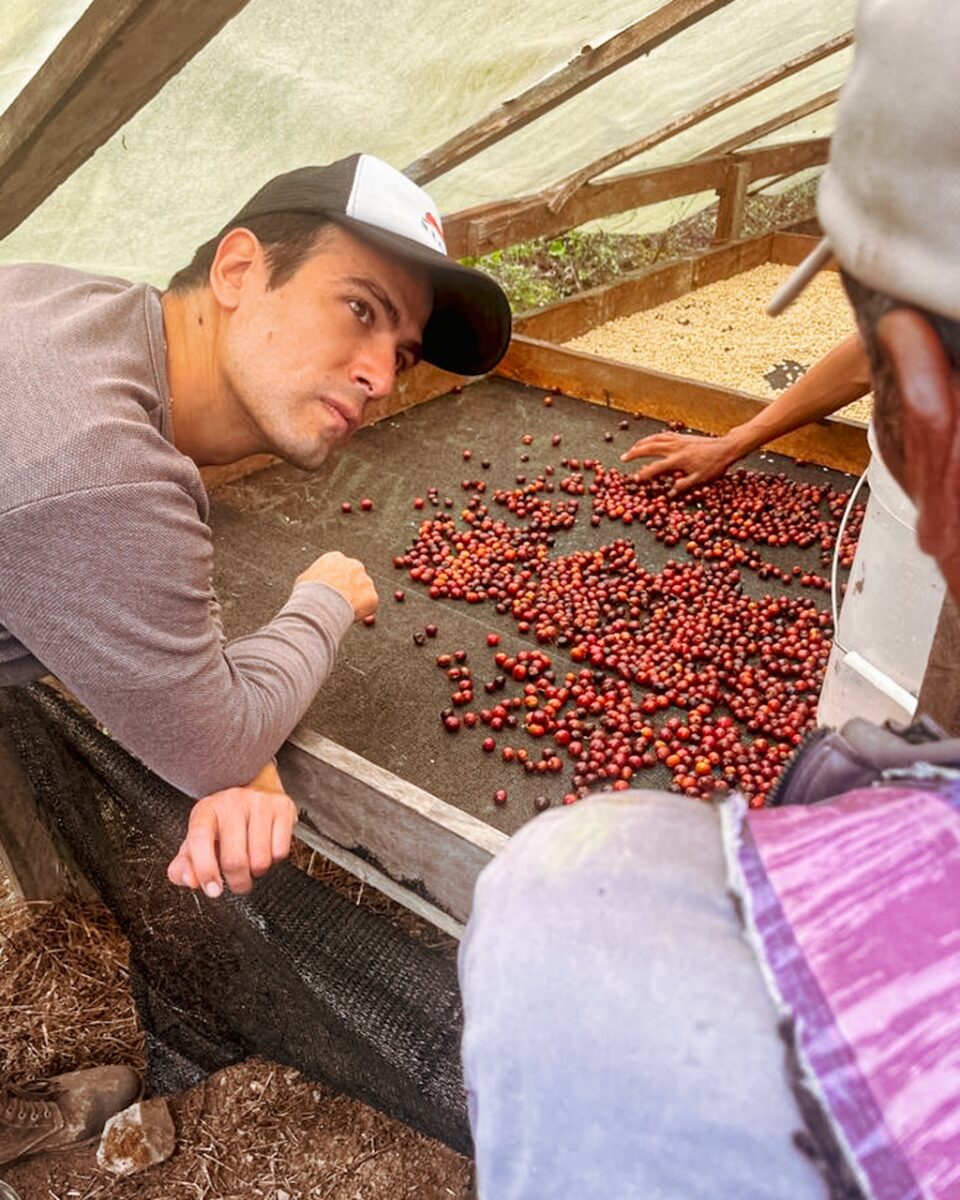
From business broker to producer partner
In just six months, Matteo had achieved his goal and connected producer and buyer. Yet the success did not bring him the satisfaction he expected. He began to wonder if this was really what he wanted to do, or if there was another way to go about it.
And so, as the world stood still in lockdown, Matteo began his coffee research. From green bean types to farming techniques, from economics to history, Matteo looked into every aspect as he worked on developing his coffee knowledge. The more he learned, the more he realized that for Bolivia, already at a disadvantage when it came to country branding and scale of production, the best way to compete with their neighbors was to have more specialty coffee producers.
“I had a great relationship with the buyer because I was able to introduce them to a producer that matched their needs. But I couldn’t say the same about my relationship with the producer. As an individual without any equipment, infrastructure, or capital, I realized I’d have to work on the relationships with the producers if I wanted to be able to encourage them and have a sustainable partnership.”
Caranavi seemed like the best place to begin, being responsible for 90% of Bolivia’s coffee. But to get there from his house in Cochabamba, Matteo would have to pass through La Paz – the administrative capital of Bolivia – which would mean being caught up in traffic jams and a trip of over seven hours. Added to that, roads were often cut off by political demos or the monsoon, so there was a risk of not even making it to the coffee farms.
In the end, he decided it would be better to choose somewhere more local and settled on San José. The closer location meant it would be easier for him to commute and focus on developing long-term partnerships.
San José is in a region known for cultivating vegetables including locoto peppers, tomatoes, and avocados. Coffee production in the area began in 2012 as part of a local government program, but after a coffee leaf rust infestation left crops devastated, the majority of farmers quit.
The government later brought in another new coffee program to try and revitalize the community, which led to the second attempt at coffee production in 2018. It was in the following year that Matteo first visited and saw the potential of the burgeoning coffee farms in San José.
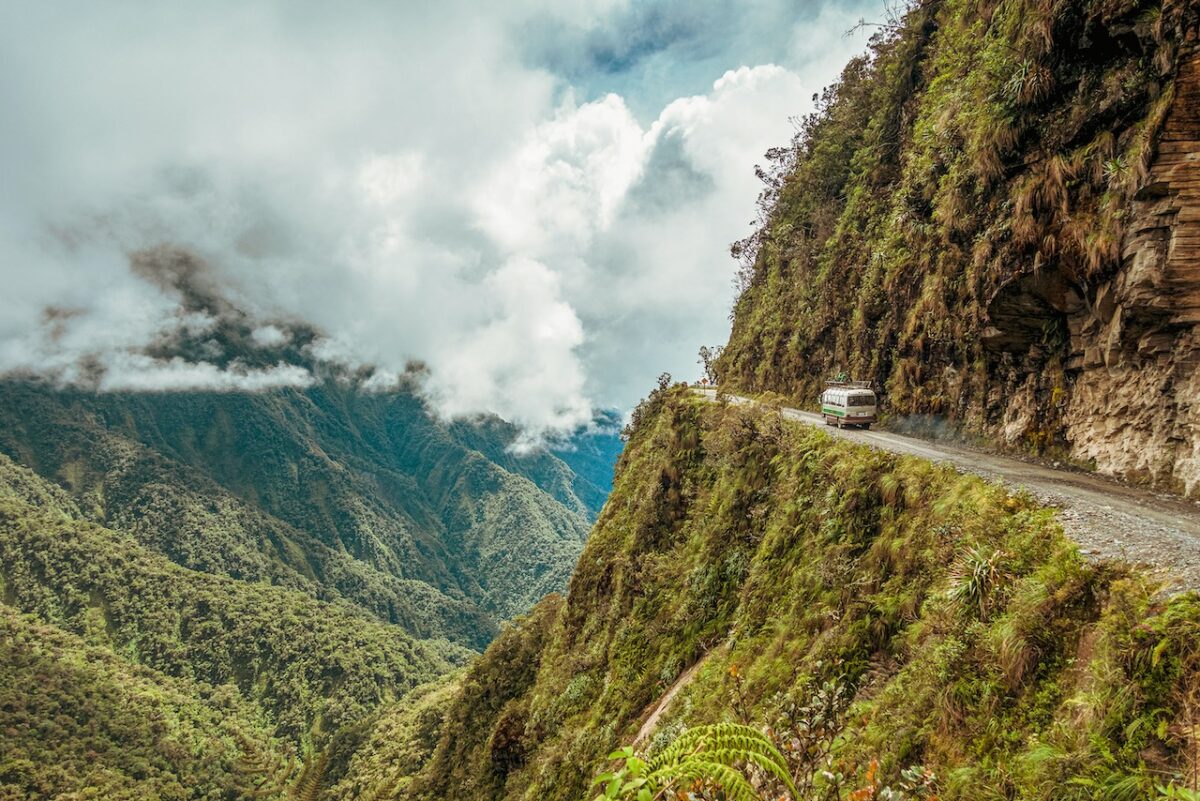
The adventure begins
Coffee was not the only thing that drew Matteo to this region. When he was a broker, and traveling all over Bolivia, he had planned to drive through the mountains to get to the coffee plantations in Caranavi. But when he told his family, they were horrified. “Are you mad? You can’t take the Yungas (the roads through the north east mountain regions of La Paz)! It’s way too dangerous to travel alone!” and prevented him from going. But for Matteo, knowing the dangers of the so-called Death Road was not enough to put him off. If anything, it made him want to explore the region even more.
“Bolivian roads are just roads. They’re the same whatever the region. I didn’t like how my family talked about somewhere they’d never even been, as if they knew everything about it. There’s always an element of risk in going to a new place. That’s what makes it so exciting and why I’m never tired or bored.”
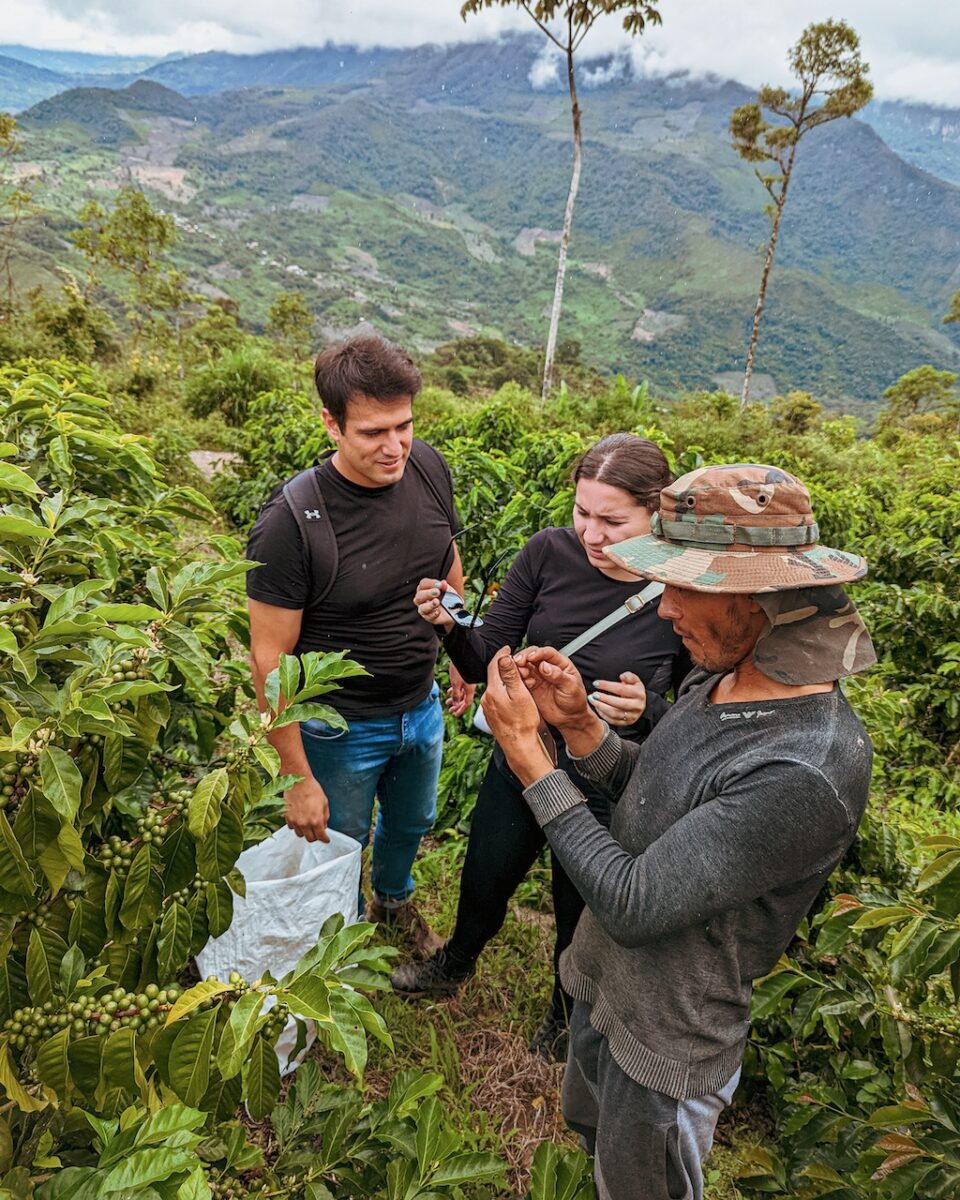
Matteo saw the project in San José, somewhere he had no connection to, as an adventure. He brought in Helena Oliviero, a coffee consultant he had met in Italy, and her partner, Benedicto Puentes from Colombia. Owner of a third-generation coffee farm, Benedicto’s “great habits make great specialty coffee” philosophy had helped him design guidelines for everything from processing to weeding and fertilizing.
“Following Benedicto’s guidelines we began to use anaerobic processing for the harvested crop. Until then, the farmers in San José used traditional methods, washing the cherries at home. There was no area dedicated for washing so people were using their own limited water resources. Benedicto not only shared his techniques but helped centralize operations, showing how they could process the beans without using a lot of water.”
One of the biggest surprises for Benedicto and his team was the local terroir. San José is in a high-lying location and surrounded by a large natural forest. When they sowed without using any fertilizer, the yield far exceeded their expectations.
Matteo’s original belief in the potential of this area for coffee production was also confirmed by his meeting with Veleriano Gallejas. Veleriano was the only farmer in San José who had continued with coffee after 2012. His determination had paid off, winning the Presidential Cup Tournament in 2017 and always finishing in the top ten in the national auction of coffee producers.
The San José project also had interest from another area. A Swiss foundation based in Bolivia, working on improving the quality of lives of impoverished regions, offered financial assistance to help purchase a drying rack for the coffee beans when they saw how the project was reducing the environmental impact.

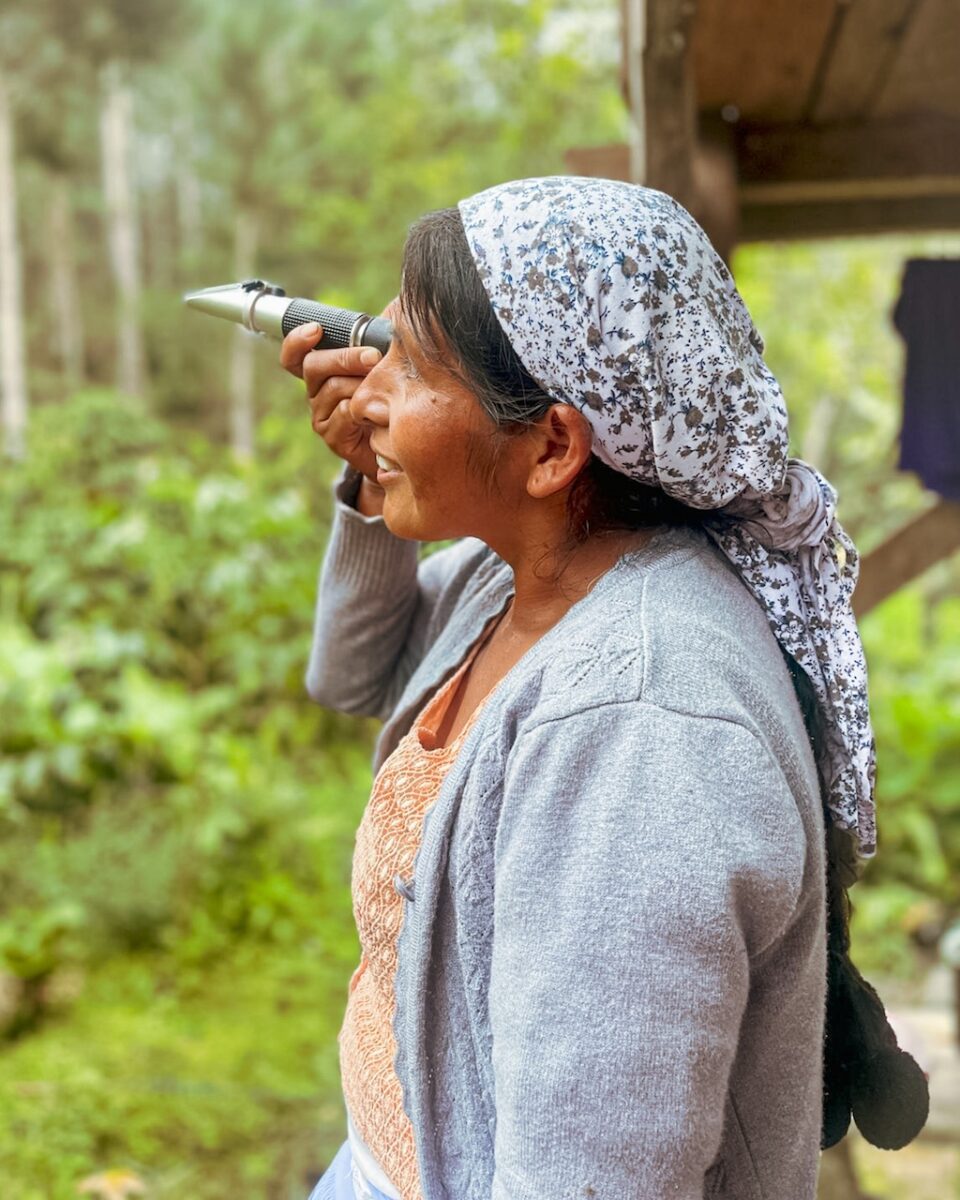
Community is communication
Yet, no matter how much support, or how great the terroir is, nothing gets done without the producers, and there were a lot of things that Matteo had not anticipated.
“The first coffee seedlings were planted in 2018, but right now 90% of the families have only recently experienced their second harvest. After talking to coffee producers in Caranavi, I’d come to expect the farmers in San José to have basic knowledge of coffee farming. But the reality was that the majority had no experience at all.”
The social environment in San José is also drastically different to that in Caranavi. Producers in Caranavi speak Spanish, but in San José, they only speak Quechua. Whenever Matteo or someone else needs to communicate with the farmers, they have to go through an interpreter. And as the community school was not established until 2010, the majority of adults have not received a basic education. Added to that, the government-run coffee program had focused on cultivation methods with the actual sale and exporting of the product left up to the individuals. Trying to find a buyer was an almost impossible task.
Yet, despite these obstacles, Matteo remains positive.
“The communication issue actually made me realize how important it was to become part of the community, to find a way to be accepted. Most people in Cochabamba haven’t even heard of San José, and a lot of people don’t even know it exists. This project is a chance to bring it out of the shadows and put it back on the map.”
It is too early to say whether or not the project has been a success, but Matteo can feel that they are making progress.
“Since we got involved, I can see a change, especially in the youth. They’ve got more ambition to learn and develop and really apply themselves to the project. And the trust we’ve built working together has developed into strong friendships. We laugh and chat about this and that. I’ve a great relationship with the producers now.”
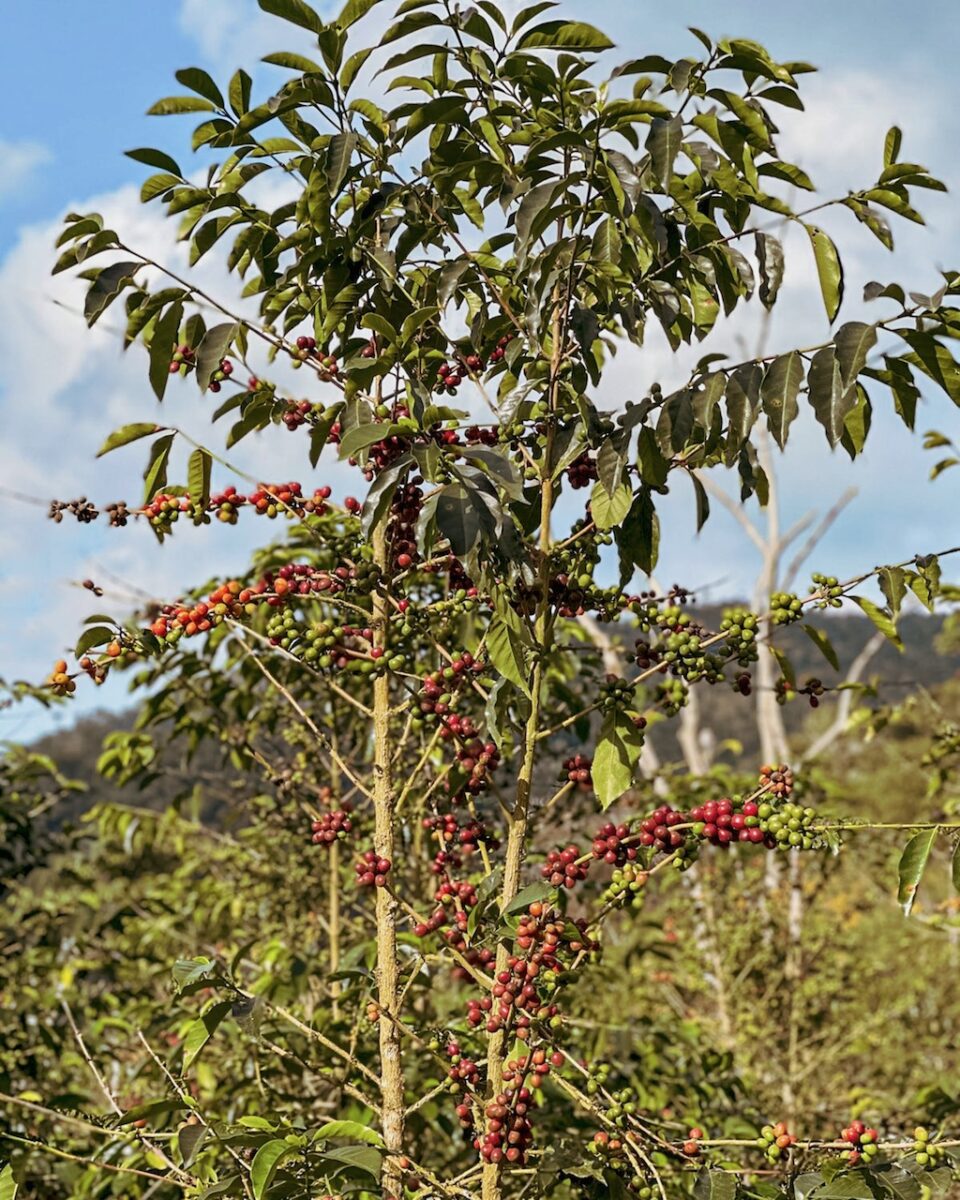
Connecting a community through coffee
2022 marks three years since the project first started. With a total of 12 ha shared by 30 families, the average per household is no more than 0.25 to 0.5 ha – not enough to provide an income on coffee alone. But the families persist with coffee, learning cultivation techniques, and gaining a better understanding of how to protect the land and the local ecology. Even among the neighboring communities, San José is beginning to stand out.
“Coffee has something which other agricultural crops don’t have. With other crops, no one is really concerned about where it comes from or who made it. But with coffee, everyone from the buyer to the roaster and the final consumer wants to know who the producer is.”
In 2023, there are plans to plant shade trees to protect the coffee trees from direct sunlight, and Matteo is currently working on a proposal for a wet mill to be shared by San José and the 4 or 5 other local communities producing specialty coffee.
With his roots firmly in the soil of San José and his connections with producers better than ever, Matteo sees encouraging collaboration and unity as his next challenge. The prevailing attitude of farmers is: “Stay away from my crops and I’ll stay away from yours.” Matteo wants to change that.
“In Cochabamba, it’s rare to see farmers working together. It’s not like in Caranavi where they work as a collective, and there’s no association in San José. I’d like to help them work together to achieve something. And if coffee can be the catalyst for that, if these interactions can lead to more collaboration between the farmers, then the community can grow even stronger.”
Matteo also points out how the widening gap between urban and rural areas and indigenous and non-indigenous people is creating conflicts between the social classes.
“In small communities like San José, they feel neglected, and there’s a lot of resentment toward urban places. Connecting the people of San José with people on the outside is one way to break down these divisions and bring them together. If San José can make a name for itself both inside and outside Bolivia, and if we can put the urban and the rural areas on an equal footing, then it would be a huge step forward for Bolivia.”
Text: Takuya Takemoto
